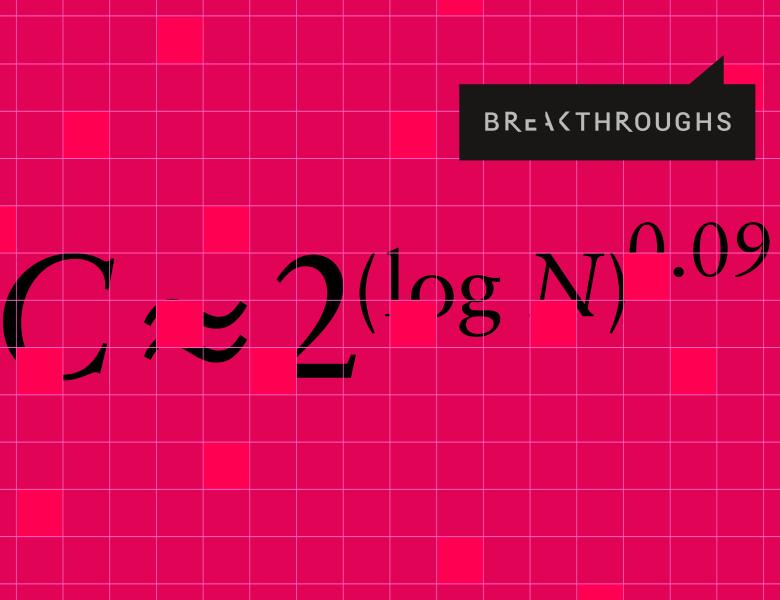
Abstract: Suppose you have a set S of integers from {1,2,…,N} that contains at least N/C elements. Then for large enough N, must S contain three equally spaced numbers (i.e., a 3-term arithmetic progression)?
In 1953, Roth showed that this is indeed the case when C≈(loglogN), while Behrend in 1946 showed that C can be at most 2Ω(√logN). Since then, the problem has been a cornerstone of the area of additive combinatorics. Following a series of remarkable results, a celebrated paper from 2020 due to Bloom and Sisask improved the lower bound on C to C=(logN)(1+c), for some constant c>0.
This talk will describe a new work showing that the same holds when C≈2(logN)0.09, thus getting closer to Behrend’s construction.
Based on joint work with Zander Kelley.


